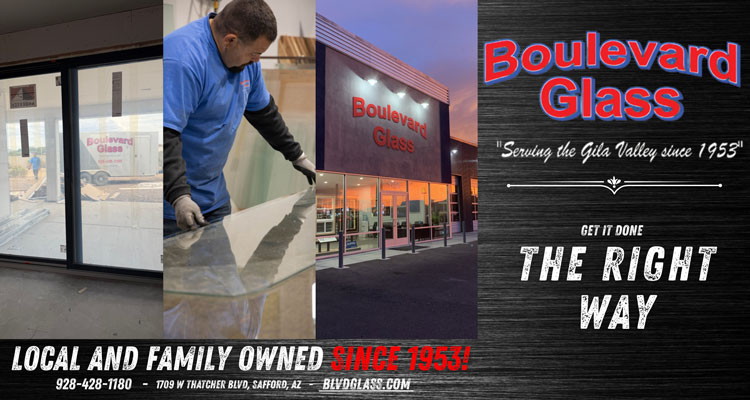Canadian homes face a constant battle against the elements. Whether nestled in the rain-heavy regions of the Pacific Northwest, the snowbound suburbs of Quebec, or the wind-swept plains of Alberta, buildings across the country share one thing in common: they must stand their ground through four relentless seasons. And while the roof often takes center stage in conversations about home protection, what happens at ground level — or just beneath it — deserves just as much attention.
Water doesn’t need a dramatic entrance to become a problem. A small crack, a worn-out joint, or a poorly directed downspout is often all it takes. Over time, water finds the path of least resistance, and when that path leads to your foundation, trouble follows. That’s where the value of exterior waterproofing services comes into focus.
While interior waterproofing deals with water that’s already seeped in, exterior solutions prevent the problem at its root—by keeping moisture out before it even touches your foundation. By controlling groundwater, snowmelt, and rainwater buildup at the source, this approach minimizes flood risks, moisture damage, and structural wear over time.
In climates like Canada’s, where moisture doesn’t arrive in predictable doses, the need for durable, exterior protection becomes even more pronounced. Spring thaw can saturate frozen soil in a matter of days. Sudden summer storms drop heavy rainfall on dry land, overloading outdated drainage systems. And freeze-thaw cycles in late fall and early spring create stress fractures in concrete that grow wider each year.
Regions such as southern Ontario and parts of the Maritimes face frequent bouts of rain, while places like Winnipeg must contend with expansive clay soils that swell and contract dramatically. In either case, moisture control is no longer just about comfort — it’s about preservation.
A well-executed exterior waterproofing system typically includes several key components: excavation around the foundation, the application of waterproof membranes, installation of protective drainage boards, and the integration of weeping tile or French drain systems. These work together to direct water away from the foundation walls and toward a safe drainage point, easing the burden on the structure.
Homeowners who invest in this kind of foundation protection not only secure their basement from leaks — they reduce the chances of mold development, interior damage, and energy loss. Moisture trapped inside foundation walls often leads to thermal bridging, where cold air bypasses insulation and seeps into the interior. By stopping water intrusion at its source, the insulation performs more effectively, helping maintain stable indoor temperatures through winter and summer alike.
Companies like Leaquida Waterproofing have been advancing the standards for such systems, integrating modern methods that blend durability with efficiency. Their use of breathable membranes, tailored drainage layouts, and environmentally conscious materials sets a new benchmark in preventative maintenance. This isn’t about patching — it’s about planning.
The benefits also extend to property value. Homes with dry, protected basements are easier to maintain, more appealing to buyers, and less likely to incur surprise renovation costs. And in an era where home inspections are increasingly thorough, having a documented waterproofing system in place speaks volumes.
Another area worth noting is facade preservation. Water infiltration isn’t confined to foundations. When moisture is allowed to sit against exterior walls, particularly in homes with brick or stone cladding, deterioration begins from the outside in. Over time, mortar joints weaken, masonry erodes, and air gaps become entry points for even more moisture. Proper grading, exterior sealing, and below-grade drainage all contribute to a healthier building envelope.
Some might question whether the investment in exterior solutions outweighs the risk of waiting until something goes wrong. The truth is, the cost of inaction often exceeds the upfront price of protection. Foundation repairs, mold remediation, and insurance claims tied to flooding events can escalate rapidly. And unlike many interior fixes, external systems don’t just mask the symptoms — they eliminate the cause.
This approach isn’t reserved for old homes, either. New builds benefit just as much, if not more. Incorporating waterproofing during construction offers maximum flexibility and minimal disruption, allowing systems to be embedded rather than retrofitted. It’s a forward-thinking decision that pays dividends for decades.
As weather patterns shift and extreme events become more common, waterproofing is moving from a specialty add-on to a standard requirement. What used to be considered an optional upgrade is now a pillar of responsible homeownership, particularly in areas known for fluctuating moisture levels and temperature extremes.
A house is only as strong as the foundation it rests on. And that foundation is only as reliable as the protection it receives from the ground that surrounds it. By managing water from the outside — with the right materials, the right installation, and the right partner — homeowners are choosing resilience over reaction.
Exterior waterproofing is not just a service. It’s a safeguard for everything built above it.








